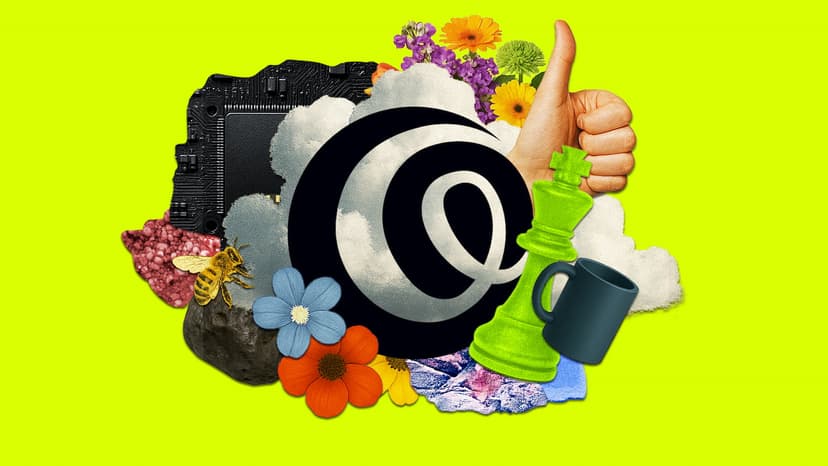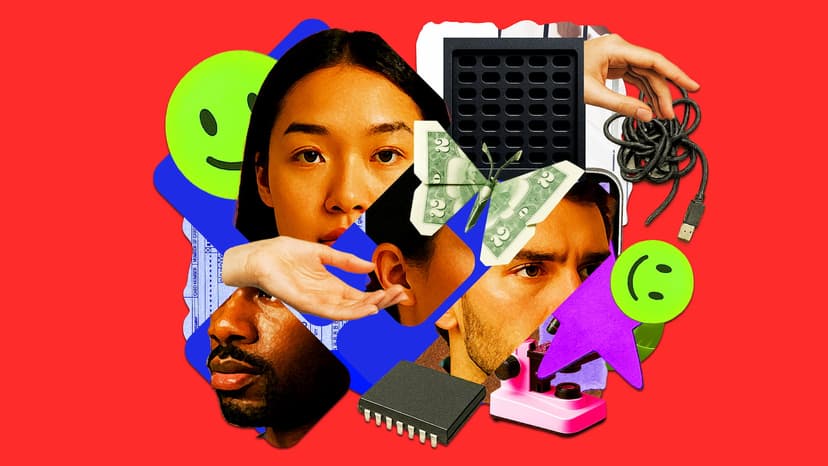The false choice that defined an era
For the last two decades, marketing has been haunted by a false choice: do we build the brand, or do we fill the pipeline?
There was good reason for the tension. When Google Ads launched in 2000, it ushered in the age of instrumenting everything. For the first time, we could measure every click, every conversion, every micro-moment. And we did. We tracked, tagged, attributed, and optimized.
We built dashboards, automation platforms, and attribution models so intricate they looked like truth. But somewhere in the scramble to measure everything, we stopped asking what actually matters. We optimized for visibility instead of value. We learned to move fast but not necessarily to move forward.
We seized on precision at the expense of perspective.
Every quarterly plan, every budget conversation, every CMO debate has orbited that tension between the long-term story that earns preference and the short-term pressure that drives conversion.
We built two systems that didn't speak to each other. Brand told stories; performance chased signals. One generated belief; the other demanded proof.
But belief and proof were never meant to be separate quests. They're two sides of the same customer experience. Customer science gives us the method to unify them.
The end of marketing as mysticism.
Funnels, personas, MQLs, dashboards. These were the rituals of a field grasping for science but falling short. We measured motion instead of progress and mistook dashboards for diagnostics.
Only 32% of marketers are completely satisfied with how they use customer data to create relevant experiences.
Salesforce State of Marketing Report, 2025Customer science is what happens when marketing leaves that era behind. It replaces educated guesswork with the discipline of radical observability. It treats customer behavior as evidence, not anecdote. It utilizes AI to transform that evidence into systems that adapt in real time.
This is a new logic of growth that unifies brand and performance into a single, learning system.
There is no funnel. There is only flow.
The traditional purchase path has disappeared. Discovery, consideration, and transactions now happen simultaneously, often on the same screen. That journey compression is redefining precision in marketing. It's no longer about how many people you reach, but how much you matter to the ones you do.Arielle Feger, eMarketer
In a customer science framework, every touchpoint does double duty:
AI makes this orchestration possible. It reads real signals instead of assuming linear journeys. It connects what people think and feel to what they actually do. It closes the gap between awareness and action, between impression and intent.
Top of the funnel (awareness campaign) = first evidence loop in a dynamic system
Bottom of the funnel (product demo) = brand moment measured in trust
Buyers now self-educate through an average of 27 digital touchpoints before ever engaging sales, according to McKinsey. That's not a funnel, that's a complex feedback system.
Brand and performance are no longer stages. They're states of the same system.
Why AI changes the equation.
When you have real-time signal capture, predictive modeling, and adaptive learning, you no longer have to choose between building meaning and driving response.
The system itself learns which messages earn attention and conversion. It sees correlation as pattern, pattern as probability, and probability as strategy. As futurist and Berkeley Haas professor Olaf Groth notes, "You only get a tight fit between AI implementation and payoff if you enable the AI with your own enterprise data."
Customer science demands a closed, evidence-based feedback loop where proprietary insight becomes the differentiator. AI hones judgment with context that competitors can't replicate.
The new KPIs of unified growth.
When brand and performance operate as one system, the metrics change. You no longer track vanity: MQL volume, click-through rates, impressions served.
You track movement. How buyers progress from awareness to decision. How preference forms and intensifies. How signal converts to momentum. Instead of asking "How many MQLs did we generate?" you ask: "How many accounts shifted from passive to active based on brand engagement?"
Phrasing the question that way connects brand investment directly to buying behavior. It proves (or disproves) that awareness didn't just reach people, it moved them to actually do something.
Brand is the long-term memory of performance.
Every campaign, every click, every customer interaction is a memory that lives in the minds of your buyers and in the data models that power your marketing.
When we talk about "brand," we're really talking about the accumulation of every experience the market has with you. The mental and digital imprints of how you show up, respond, and deliver over time. Each performance campaign, each sales touch, each AI-generated reply updates that memory.
That's what makes brand the long-term memory of performance. Performance doesn't live outside the brand; it writes the brand constantly, line by line.
With AI, our systems now have memory. They learn tone, timing, responsiveness, and outcomes. They learn what earns trust and what breaks it. If your actions are inconsistent, your models will amplify that inconsistency. If your brand and performance are disconnected, your data will encode that disconnect.
In the past, you could run a short-term campaign and let it disappear into the noise. Now nothing disappears. Every message, every ad, every automated interaction becomes training data for both your algorithm and your audience.
Brand used to be the UI on the surface. Now it's the operating system underneath. In the lingo of software engineering, it's the coherence layer that makes every signal, from an ad click to a service chat, tell the same truth about who you are.
It determines whether your performance data teaches your systems the right lessons and whether customers experience your company as solid or siloed.
Authenticity once lived in the realm of PR slogans: "Be human, be transparent, don't be evil." But in AI-driven markets, authentic behavior, consistent promises, transparent communication, responsive feedback, all become data that improve your system's predictive accuracy and trust score.
In other words, authenticity increases the efficiency of your models and the confidence of your customers. It drives both machine learning and human loyalty.
What leadership looks like now.
The CMOs who will lead in this era will think like customer scientists. They'll ask questions like these:
The great divide between brand and performance was a product of powerful but limited tools. Now the tools have changed and the discipline must change with them. Customer science unifies what should never have been divided: Belief and proof. Awareness and action. Long-term brand equity and short-term revenue growth.
Efficiency applied to the wrong system brings about faster failure. Efficiency applied to customer science is how we turn signals into strategy, and strategy into sustained growth.
The question isn't whether you should build brand or performance. The question is whether your system learns. Because in the age of customer science, learning is the new growth.
More of this in your inbox
Published in:
Subscribe to our updates.
Get fresh marketing insights rooted in customer science to help you stay ahead.
Relatedcontent
Relatedcontent
Relatedcontent
Relatedcontent
Relatedcontent
Relatedcontent

Forget 'business as usual'. Meet Pretzl.
Welcome to Pretzl: a new kind of marketing partner using AI, data, and creativity to decode the messiness of real B2B buying.
The future of marketing isn't more marketing. It's customer science.
Marketing is evolving from alchemy to chemistry. Here's how the new discipline of customer science uses data and AI to decode real buyer behavior and prove what truly drives growth.
